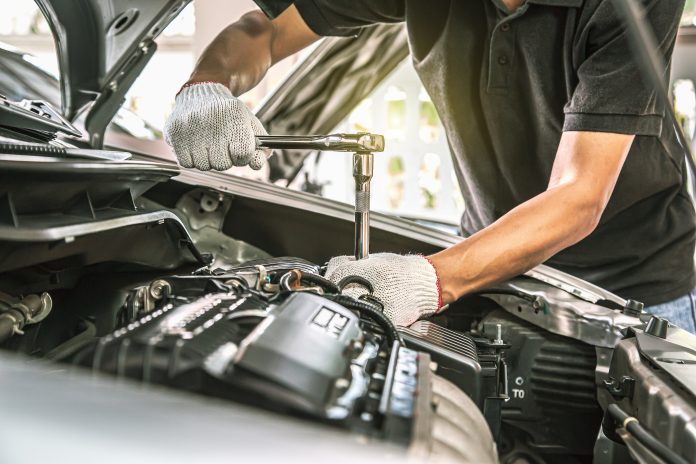A smooth, efficient warranty repair process benefits your customers and enhances your dealership’s reputation and bottom line. However, frustration due to delays, communication gaps, and complex procedures can creep in. By streamlining warranty repairs, your dealership can improve your customers’ experiences and optimize fixed operations.
Understanding Common Bottlenecks in Warranty Repairs
For dealerships, delays in receiving parts, cumbersome paperwork, and slow approval processes from OEMs can lengthen the time required to complete warranty repairs. These bottlenecks frustrate customers and disrupt fixed operations, often diminishing customer loyalty, leading to negative reviews and losing future business.
Leveraging Technology to Streamline Processes
The most effective way dealerships can improve their warranty repair process is by utilizing available digital tools to make the entire process more transparent and efficient, from scheduling to completion, which helps manage customer expectations and reduce frustration.
Back shop management software can streamline internal processes by reducing paperwork, speeding up OEM communication, and tracking parts availability. A comprehensive inventory management system ensures that parts required for warranty repairs are readily available or quickly ordered.
Building a Collaborative Relationship with Manufacturers
Dealerships and manufacturers must work closely to ensure a smooth warranty repair process. Transparent and efficient communication channels between the two parties can reduce delays in claim approvals and parts shipments.
Dealerships can benefit from establishing set protocols for submitting warranty claims providing all necessary documentation upfront to avoid back-and-forth delays. By working with manufacturers to understand their processes, dealerships can anticipate and proactively address potential issues.
Building solid relationships with manufacturers can also lead to quicker authorization times, as the manufacturer trusts the dealership’s ability to handle warranty claims properly. This, in turn, results in faster repairs and happier customers.
Enhancing the Customer Experience
A streamlined process should always focus on improving the customer experience. Dealerships can differentiate themselves by maintaining open lines of communication with customers throughout the repair process. Setting realistic expectations for repair times and providing regular updates through phone calls, text messages, or email can significantly enhance customer satisfaction.
Dealerships can also offer additional services to ease the inconvenience of waiting for repairs. Loaner cars or shuttle services give customers more flexibility, reducing the impact of extended repair times. Additionally, ensuring that billing and warranty documentation is straightforward to understand can build trust and reduce customer confusion.
Training and Empowering Staff
A dealership’s staff plays a vital role in the warranty repair process. Ensuring that service advisors and technicians are well-versed in warranty procedures is essential to reducing delays and errors. Regular training ensures that employees stay updated with manufacturer policies, enabling them to handle warranty repairs efficiently.
Empowered staff are better equipped to explain the process to customers, alleviate concerns and set clear expectations. This level of service builds customer trust and reinforces the dealership’s commitment to quality service.
Measuring Success and Continuous Improvement
To ensure that warranty repairs remain efficient, dealerships should regularly measure key performance indicators (KPIs) such as repair turnaround times, customer satisfaction scores, and warranty claim approval rates. By tracking these metrics, dealerships can identify areas for improvement and make data-driven decisions.
Collecting customer feedback post-repair is another essential aspect of continuous improvement. Feedback can highlight specific pain points that may not be evident from internal data alone. Dealerships should use this information to refine their processes and meet customer needs.
Conclusion
A streamlined, efficient process reduces customer frustrations and builds loyalty, while dealerships benefit from increased operational efficiency and a better reputation. By leveraging technology, fostering strong manufacturer relationships, enhancing communication, and continually refining operations, dealerships can turn warranty repairs into a positive experience that strengthens customer relationships for years.



